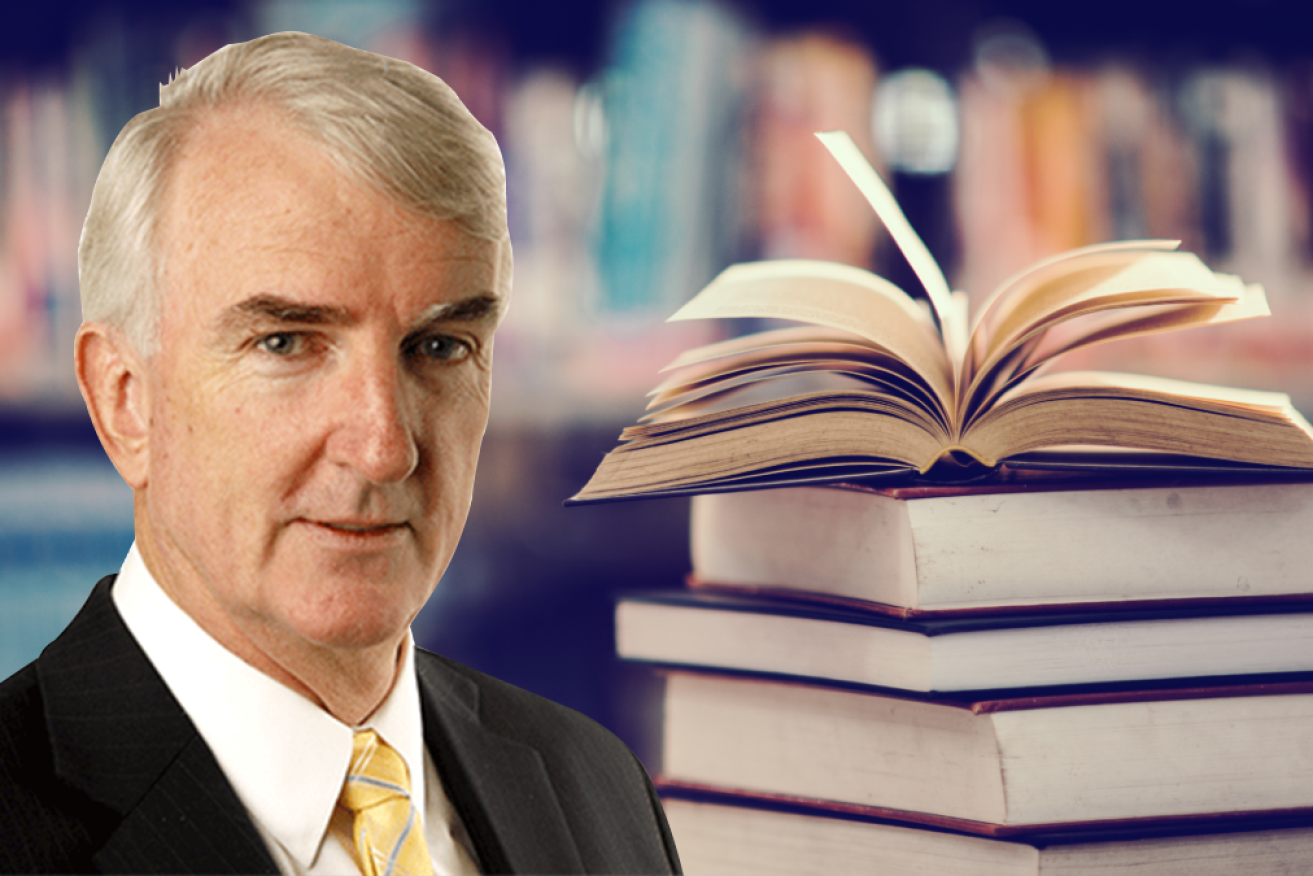Michael Pascoe: Trickle-down dogma won’t save ageing Australia


Michael Pascoe says the IGR exposes a few of the contradictions between what the government says and what it does.
There’s no point taking the 2021 Intergenerational Report too seriously – Josh Frydenberg doesn’t and it’s his report.
After that, it’s primarily a mixture of bold and wishful economic assumptions overlaying the government’s default setting of hoping problems go away while trickle-down works magic.
But if you dig far enough into it, the IGR is at least enlivened by some quiet confessions exposing a few of the contradictions between what the government says and what it does.
For example, the report is based on the optimistic assumption that Australia’s productivity growth over the next 40 years will bounce back to the 1.5 per cent a year it averaged over the past 40 years, downplaying the low-growth experience of the past decade.
On cue, the Treasurer makes his usual noises about the importance of productivity growth and skills and education – but the IGR discloses (in a convoluted manner) that government spending on tertiary education per person will fall in real terms if you don’t count student loans.
No, the Coalition really doesn’t like universities.
The government can only wave the IGR about as a promise of a rosy future for Australians if you believe the happy-ever-after assumptions that have been dialled up to deliver the outcomes.
That key 1.5 per cent productivity growth assumption was demolished by Abul Rizvi long before the IGR was released because it is a repeat of Mr Frydenberg’s budget trick.
“Frydenberg relied on productivity growth returning to a healthy 1.5 per cent per annum after years of anaemic growth dragged down by weak aggregate demand,” Dr Rizvi said.
“No major developed nation has averaged real economic growth or productivity growth anywhere near 1.5 per cent per annum once deep into its population ageing phase.”
There is no surprise in the IGR repeating the budget methodology – Mr Frydenberg specifically foreshadowed the IGR would be based on the budget estimates, firmly placing the cart in front of the horse.
It’s also no surprise that the demographic work – some actual forecasts as opposed to simplistic return-to-trend assumptions – is much improved.
It had to be after the embarrassment of Joe Hockey’s 2015 IGR and the nonsense population forecasts lifted from that into Mr Frydenberg’s 2019 budget – the one that was based on our fertility rate climbing sharply instead of falling.
The worry is that having been forced to face up to our demographic reality as an ageing nation, the government claims its existing policies and dogma are hunky-dory, that everything will be tickety-boo, that we’ll all be richer and wiser and don’t you worry about climate change and real health and aged-care spending more than doubling.
“The level of real GDP per person is projected to almost double over the next 40 years,” assumes the report.
“Real GDP per person is projected to grow over the next 40 years at an average annual rate of 1.5 per cent, from $76,700 in 2020-21 to $140,900 in 2060-61.”
If you think that’s optimistic, how about wages growth of 4 per cent a year starting in 2028-29 and running all the way out to 2060-61?
No, I didn’t make that up – the IGR did.
It’s what you get when you assume inflation and productivity growth will be exactly what you want them to be, it gives you wages growth of exactly what you want to tell people it will be.
Of course it’s a complete denial of lived experience to assume business would pass on all the productivity growth rate, but “projecting” lets you do that.
The Treasury econocrats have managed to sneak in some home truths, even if they did have to word them carefully. Don’t tell Barnaby, but:
“The global effort to reduce emissions is likely to have both positive and negative impacts on Australia’s resources sector. One hundred and twenty nine countries have committed to net-zero emissions by 2050, including key trading partners such as Japan and South Korea, while China has committed to carbon neutrality by 2060. In 2019-20, these three countries accounted for 87 per cent of Australia’s LNG export value, 74 per cent of Australia’s thermal coal export value and 55 per cent of Australia’s metallurgical coal export value. These commitments by other countries, if fully implemented, are likely to reduce demand for unabated fossil fuels over some decades.”
There’s also the bland acceptance that our Commonwealth net debt as a percentage of GDP will average about 35 per cent effectively forever. It was supposed to have been absolute economic evil when it was in single digits under a Labor government after the GFC.
And the interest bill on that net debt is assumed to build to about 2 per cent of GDP a year – interest that Coalition Treasurers used to warn came at the cost of hospitals and schools foregone.
But Mr Frydenberg apparently doesn’t care about that anymore because the absolute bedrock of fiscal policy – restated several times in the IGR – is the Coalition’s numerology fixation with the magic number 23.9.
“The government is committed to maintaining a sustainable tax burden, with a tax-to-GDP ratio at or below 23.9 per cent of GDP.”
There’s even a graph to prove it.
This is the bound temple cat of Australian policy. It was the random outcome of a moment in time, the wash-up of a resources boom economy, the supposed ratio of tax-to-GDP when government passed from Howard to Rudd.
There are strong economies with higher and lower such ratios. It has no absolute value in any economic theory. It’s nonsense – but on such a nonsense does Josh Frydenberg base our future.
So, no, the IGR is not to be taken too seriously.
If you did, you would have to look for policies to overcome the challenges that can’t be assumed away, to not rely on trickle-down theory, to lead investment when the private sector fails to, to not play pea-and-thimble tricks with infrastructure, to genuinely increase spending on skills and education to lift productivity.
But Mr Frydenberg believes the Morrison government already has perfectly adequate policies in place, or so one must assume.











